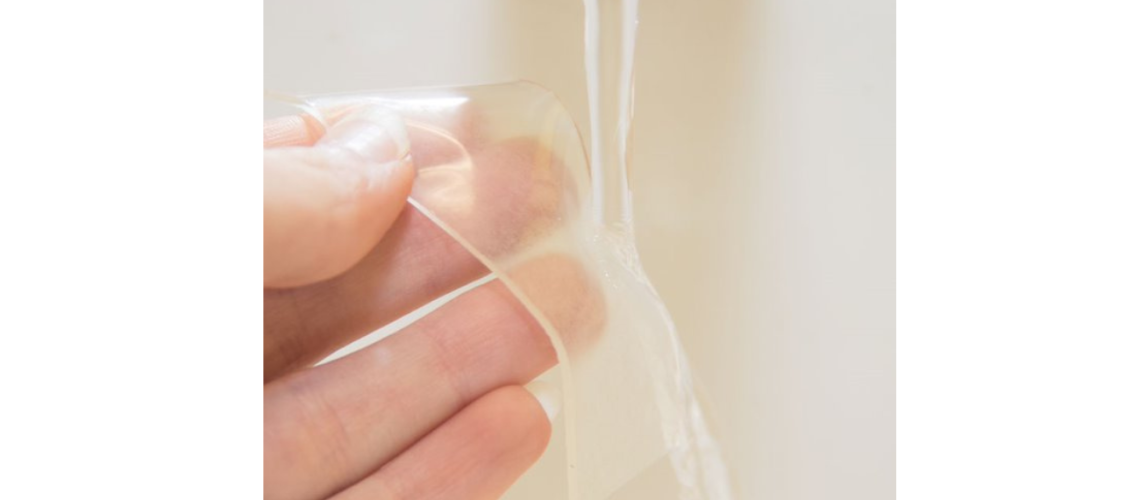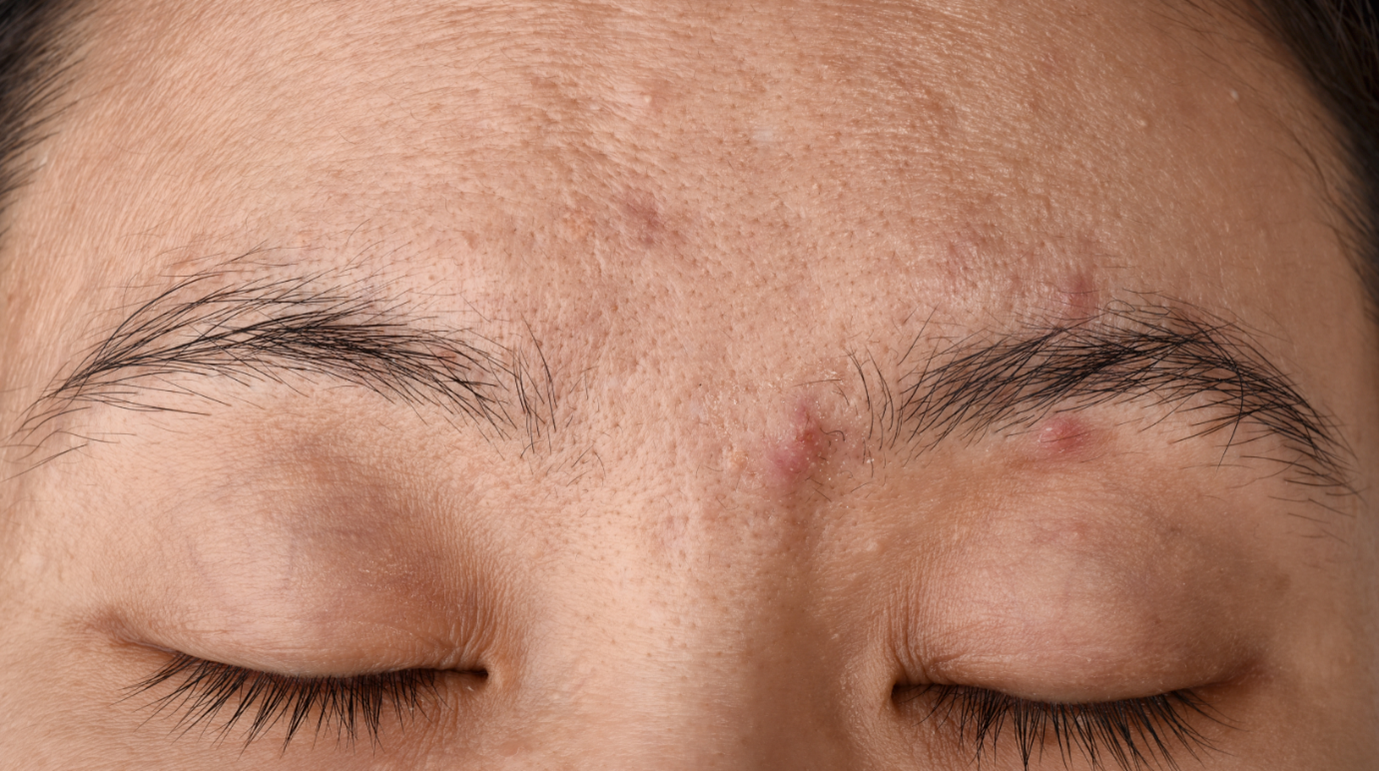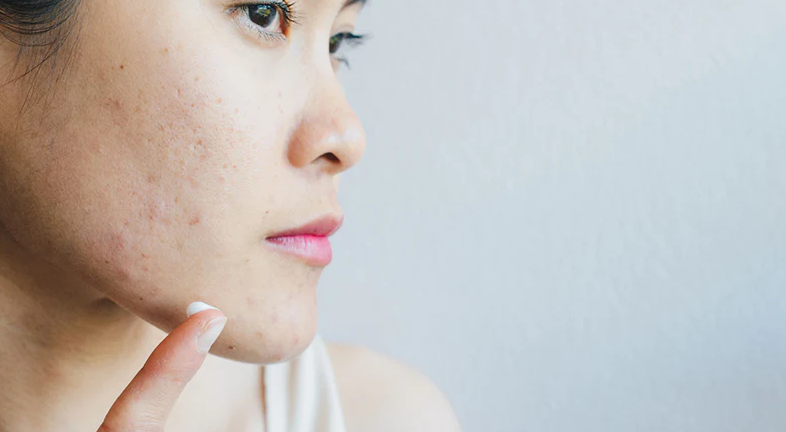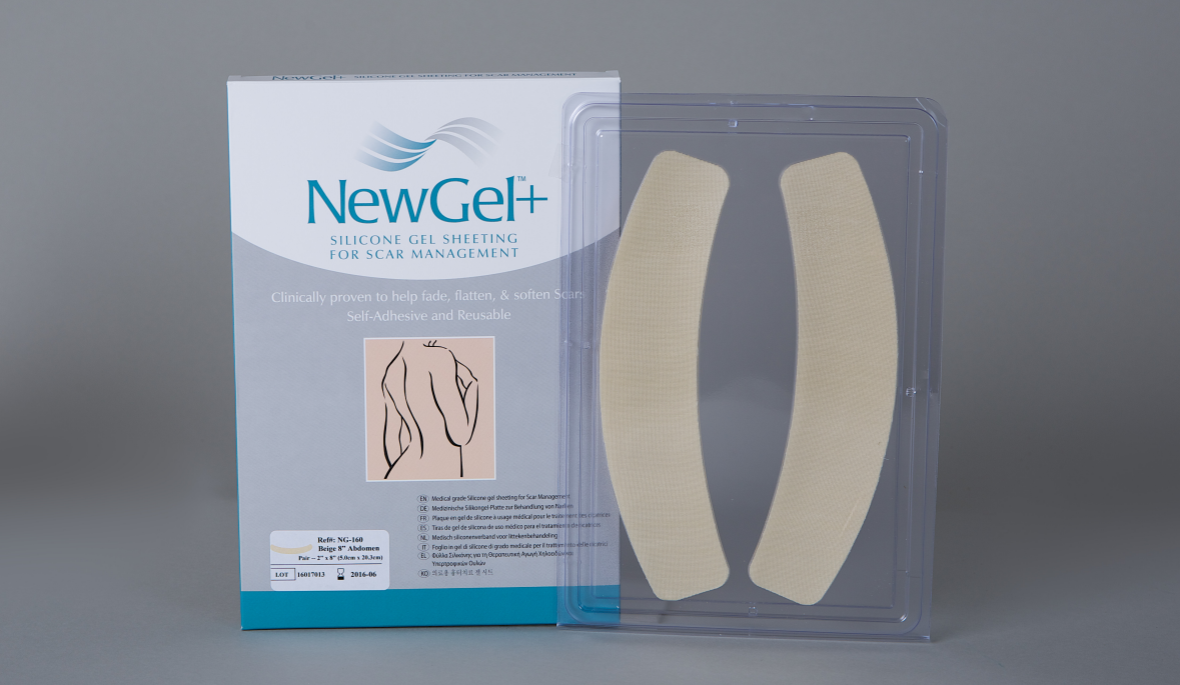Silicone gel products are the first-line option recommended by experts for the prevention and treatment of scars. For this reason, NewGel+ has developed a collection of the highest quality medical grade silicone gel products that can be used on all shapes and sizes of scars, both new and old. All products have been clinically proven to reduce, flatten, fade and smooth scars.
Of all NewGel+ products, the adhesive silicone scar products are considered the first choice for scar management. This is due to their ability to improve scars by providing a combination of occlusion (seals the scar from exposure to air), hydration, elevated skin temperature and continuous light pressure. Since the adhesive silicone scar products are to be worn every day for up to 24 hours per day over at least a two-month period, it’s important to make sure they are cleaned properly.
WHY IT’S IMPORTANT TO CLEAN ADHESIVE SILICONE SCAR PRODUCTS
As the NewGel+ sheeting, strips, and shapes are worn over a scar, they collect body oils, dirt, lint, and dead skin cells. Without proper cleaning, this accumulation reduces the ability of the product to adhere. Instead of discarding the product once it begins losing its ability to adhere, extend the life and performance by washing to remove body oils and dead skin cells.
HOW TO CLEAN ADHESIVE SILICONE SCAR PRODUCTS FOR MAIXMUM PERFORMANCE
Simply wet the adhesive scar product under running water and apply a simple liquid detergent without moisturizing properties to the sticky side. Gently cleanse both sides, paying extra attention to the sticky side to remove buildup. Finally, rinse very thoroughly under running water and air dry.
Trust NewGel+ to soften, flatten, and fade your scar
1300 294 649 // sales@ssau.au // Supplying medical products to the healthcare market





